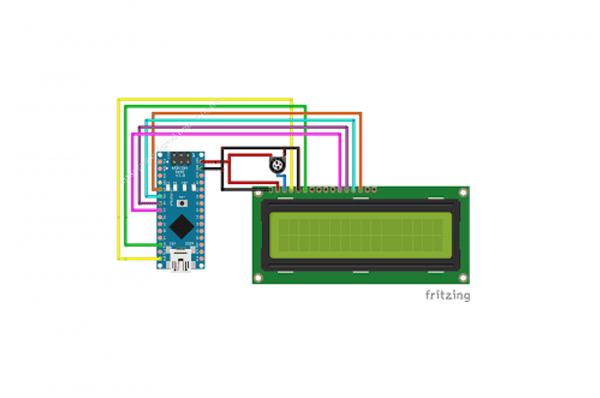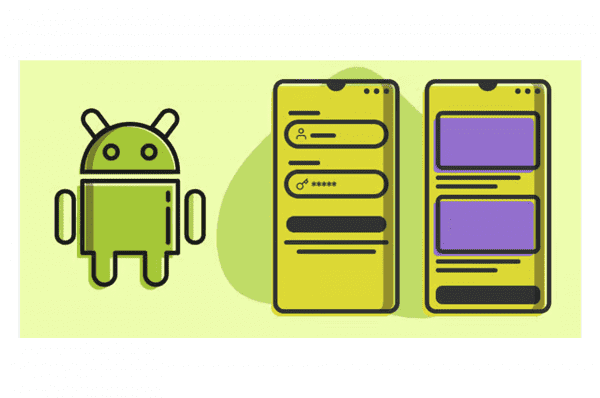Creating an IoT (Internet of Things) Android app is a great way to control and monitor devices connected to the internet. In this blog, we will go through the steps of creating an IoT Android app that can control an ESP8266 device.
Step 1: Install Android Studio and set up the development environment
To create an IoT Android app, you will need to have Android Studio and the Android SDK installed on your computer. Android Studio is the official IDE for Android development and can be downloaded from the Android developer website. Once installed, you can set up the development environment by creating a new project and choosing an empty activity.
Step 2: Design the layout of the app
The next step is to design the layout of the app. You can use the XML layout files to design the layout and add buttons for connecting to the WiFi network and sending the GET request to the ESP8266. You can also add a text view to display the status of the device.
Step 3: Add the necessary dependencies
To send HTTP requests, you will need to add the ‘org.apache.httpcomponents:httpclient’ library to the app’s build.gradle file. This library can be found on the Maven Repository website.
Step 4: Write the code for the main activity
The main activity is the class that handles the button clicks, connects to the WiFi network, and sends the GET request to the ESP8266. You can write the code for the main activity in the Java file.
Step 5: Test the app
Once the code is written, you can test the app on an emulator or a physical device. Make sure that the ESP8266 device is connected to the same WiFi network as the device running the app and that the ESP8266 IP is correctly set in the app.
Step 6: Export the app
Once the app is working as expected, you can export the app in APK format and publish it to the Google Play Store or any other app store.
Creating an IoT Android app is a great way to control and monitor devices connected to the internet. By following these steps, you can create an app that can control an ESP8266 device and monitor its status.
It’s important to note that creating an android app requires a good understanding of the Android SDK, Java, and Android Studio. Also, the app need to have the capability to connect to the wifi network and get the ESP8266 IP, and the app can’t be developed without the ESP8266 server running and the IP.
Additionally, there are many other IoT platforms that can be used to develop IoT applications, such as AWS IoT, Google IoT Core, and Microsoft Azure IoT, and the choice of platform will depend on the specific requirements of the application and the resources available.



